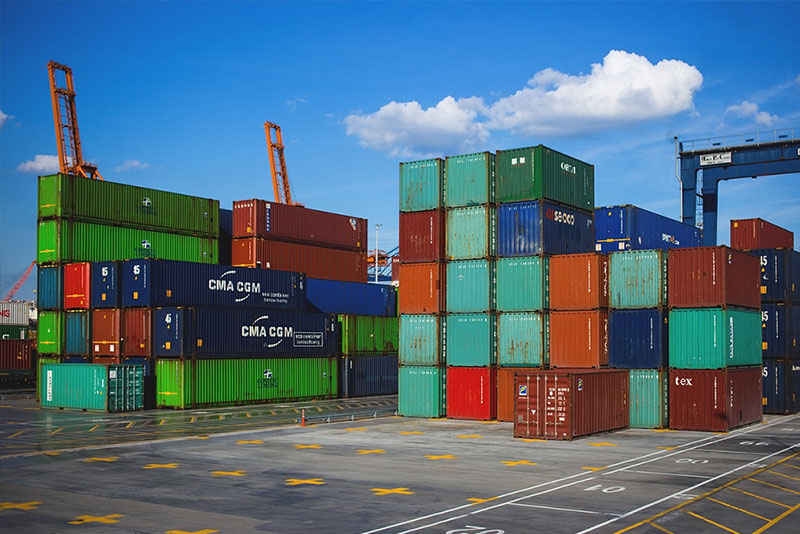Implementing a just-in-time (JIT) inventory system with US overseas warehousing can significantly streamline your supply chain and improve operational efficiency. This approach not only reduces lead times but also minimizes storage costs and enhances customer satisfaction through faster delivery times.

Here’s how you can effectively set up and manage a JIT inventory system utilizing US overseas warehousing:

1. **Understanding JIT Principles:** The core principle of JIT is to receive goods only as they are needed in the production process, thereby reducing inventory holding costs and waste. By leveraging overseas warehousing in the US, you can strategically position inventory closer to your market without holding excessive stock.

2. **Choosing the Right Warehousing Locations:** Selecting optimal warehousing locations in the US is crucial for the success of your JIT system. Consider proximity to major transportation hubs and your target customer base to minimize transit times and transportation costs.
3. **Integration with Suppliers:** Collaborate closely with suppliers to establish reliable delivery schedules aligned with demand forecasts. With US overseas warehousing, you can maintain lower inventory levels while ensuring prompt replenishment when stocks are depleted.
4. **Utilizing Technology:** Implement advanced inventory management systems that provide real-time visibility into stock levels across all locations. Automated systems can help track inventory movements, forecast demand accurately, and trigger reorder points based on consumption patterns.
5. **Continuous Improvement:** Regularly evaluate and refine your JIT strategy. Analyze metrics such as inventory turnover rates, lead times, and customer satisfaction levels to identify areas for improvement and implement corrective actions promptly.
Implementing a JIT inventory system with US overseas warehousing requires careful planning, strong supplier relationships, and robust technological support. However, the benefits of reduced inventory costs, improved responsiveness to customer demand, and enhanced supply chain agility make it a worthwhile investment for businesses looking to optimize their operations.